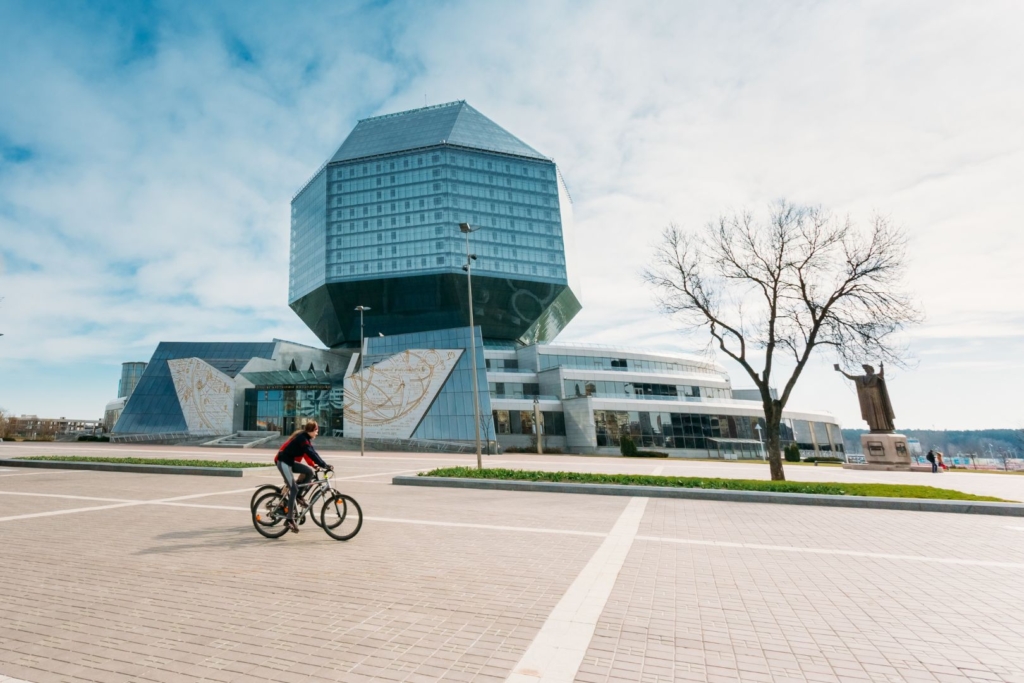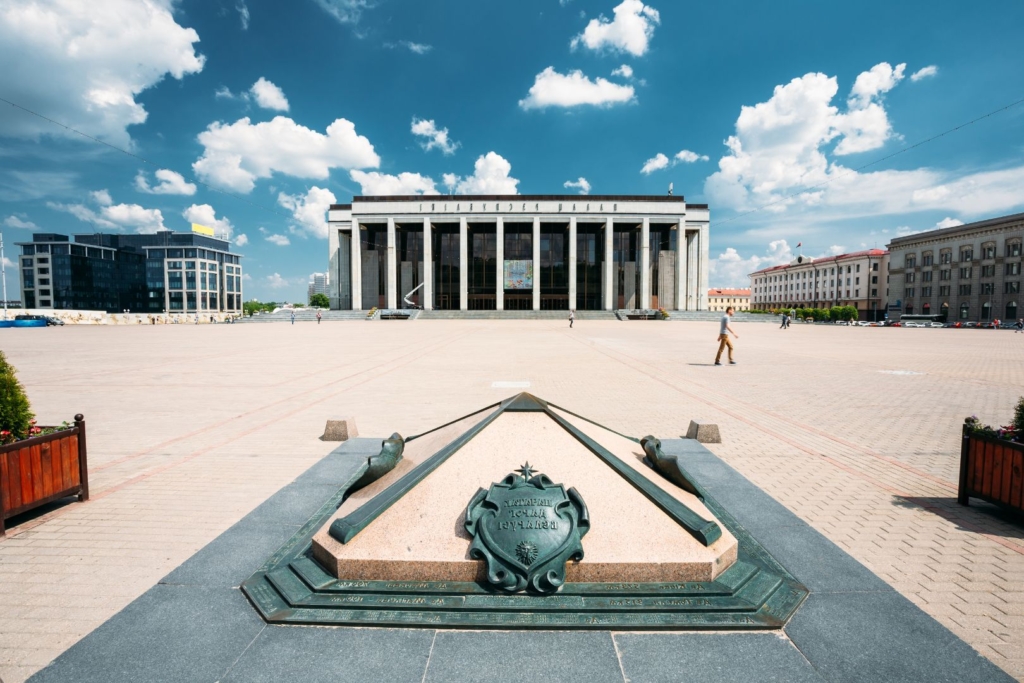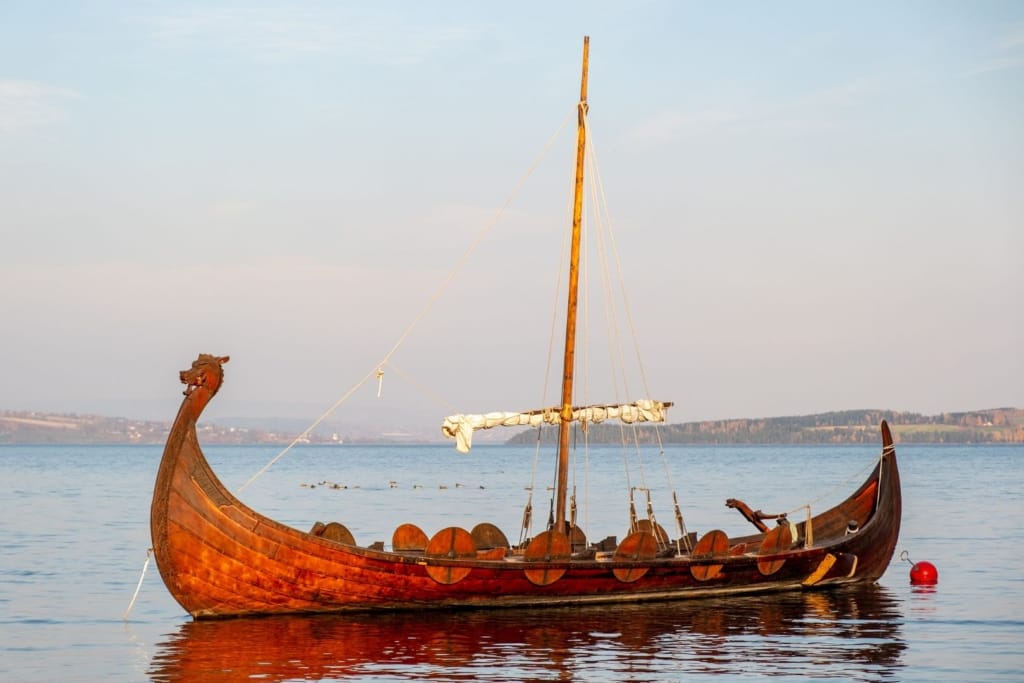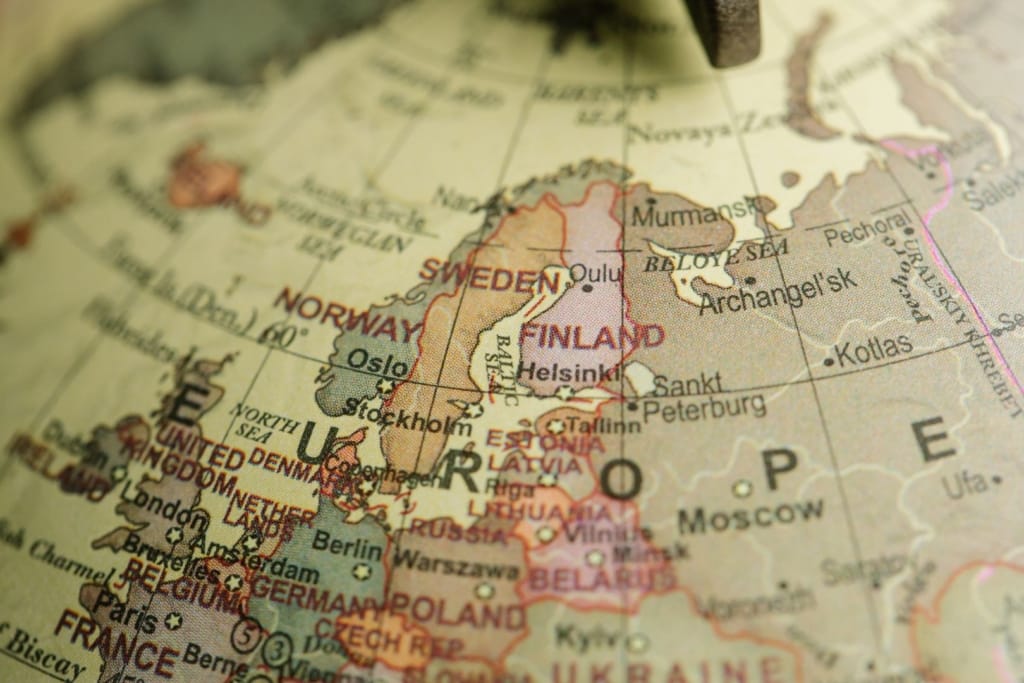Belarusian is one of the most fascinating languages in Eastern Europe. One of its most defining traits is that it belongs to the family of Slavic languages, which includes Russian, Ukrainian, and Polish. It is the official language of Belarus, a beautiful country also known as Belarus in its native form. Alongside Russian, Belarusian is one of the most widely spoken languages in this former Soviet republic.
Today, more than six million people speak Belarusian around the world. Of these, approximately five million live within the country, and over a million speak it as a second language. The Belarusian diaspora across Europe and beyond has helped spread this unique and expressive language to many corners of the globe.
But Belarusian is much more than just a means of communication. It is deeply tied to the identity, history, and cultural heritage of Belarus. In this guide, you’ll discover not only the basics of the Belarusian language for beginners, but also get a glimpse into Belarusian culture, rich traditions, and the warm, resilient spirit of its people.
Whether you’re curious about Slavic languages or planning to explore Belarus one day, learning basic Belarusian expressions is a great place to start!
Fascinating linguistic facts about Belarusian you should know
As mentioned in the introduction, Belarusian is an East Slavic language primarily spoken in Belarus, where it holds official status alongside Russian. While Russian has grown in influence and everyday use within the Republic, Belarusian remains a highly significant language, both culturally and historically.
Rooted deeply in the nation’s literary and cultural identity, Belarusian is a key element of Belarusian heritage. Understanding it provides insight into the country’s national identity, its rich oral traditions, and its written legacy.
Learning Belarusian is not only an intellectual challenge but also a gateway to a lesser-known part of the world. It opens doors to Eastern Europe’s linguistic and cultural diversity, especially in areas that often fall outside Western European influence and major urban centers.
Before diving into basic Belarusian expressions and how real-time translation tools can help you, here are some curious and unique facts about the Belarusian language that will surprise you:
It uses two alphabets
Historically, Belarusian has been written in both the Cyrillic and Latin alphabets (the latter known as Łacinka). While Cyrillic is dominant today, the Latin version still draws interest among scholars and cultural groups. This duality reflects a history of influence from both Eastern and Western Europe.
Its vocabulary is closer to Polish than to Russian
Despite being classified as an East Slavic language, Belarusian shares a large number of lexical items with Polish, due to centuries of co-existence during the Polish–Lithuanian Commonwealth. If you speak Polish or are familiar with it, you’ll notice many similarities in vocabulary and grammar.
It has a high number of native synonyms
Belarusian has developed many native synonyms that have no direct equivalent in Russian. In many cases, native Belarusian words are preferred over Russian borrowings, highlighting a strong desire to preserve linguistic identity and cultural independence.
A strong oral tradition and peasant poetry
For centuries, Belarusian was primarily a spoken language, used by the rural population, while Russian was reserved for formal and governmental settings. As a result, much of Belarus’ traditional poetry, folk sayings, and songs are in Belarusian, giving the language a deep emotional and cultural resonance.
Historic nasal vowels
Belarusian retains phonological traces of nasal vowels from Old Slavic. Although they are no longer pronounced as such, they have left visible marks in spelling and sound patterns, making Belarusian phonetics distinct from Russian or Ukrainian. For example, words like ру́ка (ruka, “hand”) show different phonetic development due to these historical traits.
Soft pronunciation of consonants
A defining feature of Belarusian is its tendency to soften many consonants, unlike other Slavic languages where harder articulation is common. This results in a smoother, more melodic sound. For example, consonants like д, т, and с are softened more often than in Russian, changing how words are articulated.
No harsh ‘bl’ sound
While Russian includes a throaty bl sound (somewhat like a tight, deep “i”), Belarusian omits this entirely, using a clearer, more frontal i instead. This makes pronunciation easier for speakers of Romance and Germanic languages, who may not be used to such guttural sounds.
Systematic palatalization
Palatalization, or the softening of consonants before certain vowels, is more consistent in Belarusian than in many related languages. This feature is shared across Slavic tongues, but Belarusian applies it more regularly and to a wider range of consonants, giving it a distinct phonetic identity.
Neutral tonal stress
In Russian, stress can drastically change a word’s meaning. In contrast, Belarusian uses a more stable stress pattern, making pronunciation and comprehension easier. While syllabic emphasis exists, its impact on meaning and pronunciation is more predictable and less dramatic—ideal for beginners.
So now, you may be wondering…

Is Belarusian easy to learn?
If you’re considering learning Belarusian, you’ve probably asked yourself whether it’s an easy or difficult language to master. You already know it’s the official language of Belarus, along with Russian. We’ve also learned that it belongs to the East Slavic language group, like Ukrainian and Russian. This means it offers a fascinating structure, unique sounds, and deep cultural value, reflected in its rich musical and literary traditions.
Now, telling you that you’ll understand Belarusian immediately without a real-time translator would be dishonest. The truth is, Belarusian isn’t exactly an easy language—especially if your native tongue is a Romance language. That said, the difficulty of learning any language depends on your linguistic background and prior experience.
If you already speak another Slavic language—like Russian, Ukrainian, or Polish—you’ll have a clear advantage. However, if your native language is English, German, Spanish, or French, Belarusian may present more of a challenge. Still, even if you’ve never been exposed to a Slavic language, it’s absolutely possible to learn, with the right tools and motivation.
Learning despite the differences
Like other Slavic languages, Belarusian uses the Cyrillic alphabet, and features a grammatical system based on declensions and a unique phonetic structure. These elements can be challenging at first, but they are far from impossible. Here are some aspects to be aware of:
The Cyrillic alphabet
One of the first hurdles for learners is mastering the Cyrillic script. While some letters resemble the Latin alphabet, others look entirely different or produce unexpected sounds. Learning to read and write in Cyrillic may take a few days of consistent practice—but don’t let that discourage you. With AI-powered text and camera translators, you can easily identify and translate written text while you learn.
Grammar with case declensions
Belarusian, like many Slavic languages, uses a case system in which words change form depending on their function in a sentence. This may seem overwhelming at first, but once you internalize the patterns, it gives you the ability to express ideas with impressive precision and nuance.
Unfamiliar vocabulary
Unlike English, French, or Spanish, Belarusian vocabulary doesn’t share obvious similarities. However, if you learn words in context, and associate them with images or real-life situations, the memorization process becomes far more intuitive and effective.
It’s not all difficulties: Why learning Belarusian can be easier than you think
Despite the challenges, there are several advantages to learning Belarusian that may make the process smoother and more rewarding:
Consistent pronunciation
In languages like English or French, pronunciation can often be unpredictable. Belarusian, on the other hand, is generally pronounced the way it’s written. Once you learn the sounds of the alphabet, you’ll be able to read aloud with confidence and accuracy.
Less competition, more opportunities
Because it’s a less commonly studied language, mastering Belarusian can open unique academic and professional doors. Learners often gain access to scholarships, cultural exchange programs, translation and research opportunities, and deeper connections with the local Belarusian community.
Access to a rich and authentic culture
Learning Belarusian gives you direct access to original literature, music, film, and folklore—often with nuances that are lost in translation. You’ll gain a deeper understanding of Belarusian history, traditions, and identity, enriching your cultural perspective.
So, is Belarusian easy to learn? Not exactly—but with the right mindset, modern tools, and consistent practice, it’s absolutely achievable. And the rewards of speaking this beautiful and unique language are well worth the effort.

Tips to learn Belarusian quickly and effectively
Now that you’re aware of the challenges and advantages of learning Belarusian, it’s time to talk about strategy. Below are some essential tips that will help you make solid progress and stay motivated throughout your learning journey:
Start with the alphabet and sounds
Begin your study sessions by learning the Cyrillic alphabet and practicing the basic sounds. Use flashcards, pronunciation videos, and interactive tools to reinforce your learning. Building a strong phonetic foundation will save you from many pronunciation mistakes later on.
Learn useful phrases from day one
Avoid memorizing long lists of isolated vocabulary. Instead, focus on common phrases and everyday expressions, such as “Добрай раніцы” (Good morning) or “Як вас завуць?” (What’s your name?). Learning in chunks will help you communicate sooner and boost your confidence right away.
Immerse yourself in the language at home
Listen to Belarusian podcasts, follow social media accounts, and watch videos online. If possible, tune in to news broadcasts or listen to short stories in Belarusian. A real-time translator tool can be a powerful ally here. Daily exposure helps reinforce passive learning, which is essential for making steady progress without feeling overwhelmed.
Practice with native speakers
Look for language exchange partners or hire private tutors. You can also use translation platforms to train your listening skills. Conversing with native speakers helps you fine-tune your pronunciation, understand real-life usage, and correct mistakes before they become habits.
Don’t be afraid to make mistakes
Making mistakes is part of the learning process. The important thing is to correct them, learn from them, and keep going. Over time, your ear will adapt to the language, and your responses will become more natural and automatic.
Set a realistic study routine
It’s better to study for 20 minutes a day than two hours once a week. Consistency is key when learning any language, and it’s especially true for Belarusian due to its grammatical complexity. Daily repetition builds long-term memory and leads to faster results.
One more great resource to accelerate your progress is technology—here’s how:
Use real-time translation technology to your advantage
If you’re just starting to learn Belarusian, your brain might feel like it’s on overload—and that’s completely normal, so don’t worry. Getting used to new sounds and voice inflections takes time. On top of that, learning a new alphabet is always a major challenge.
Fortunately, there are translation tools available that can make this process easier. Here are a few that can truly support your learning journey:
Real-Time translator
Talking to your phone and having it translate instantly into Belarusian—sounds futuristic, right? But it’s not. Thanks to tools like Talkao Translate, this is now completely possible without needing any advanced skills. Plus, you don’t need a specific phone brand or model to use it, unlike other apps.
The real-time translation feature allows you to speak naturally and get immediate translations. It’s a game-changer, especially when you’re trying to communicate or understand Belarusian in everyday situations.
Belarusian text translator
As we’ve mentioned, the Cyrillic alphabet can be a major hurdle. Most translators require you to manually transcribe the text, which often means adjusting your phone’s settings. And if you’re unfamiliar with the language, it can feel nearly impossible.
What about translating text that’s embedded in images, like street signs or shop names?
This is where camera translation technology, such as that in Talkao, becomes incredibly useful. Without needing to type anything, you can simply point your phone at the text—even if it’s handwritten or part of an image—and get an instant translation.
In short… learning Belarusian may seem tough, but it’s far from impossible! With the help of technology and a real-time translator, the process becomes much smoother and more intuitive.
And to make things even easier for you, here are some useful…
Belarusian phrases for your travels
Greetings and farewells
| Greeting Phrases in Belarusian | ||
|---|---|---|
| Greeting | Phrase in Belarusian | Meaning |
| Formal | Добры дзень (Dobry dzeń) | Good morning |
| Formal | Добры вечар (Dobry viečar) | Good afternoon/night |
| Casual | Прывітанне (Pryvitannie) | Hello |
| Casual | Вітаю (Vitaju) | Hi! |
| Farewells in Belarusian | ||
|---|---|---|
| Farewell | Phrase in Belarusian | Meaning |
| Formal | Да пабачэння (Da pabačennia) | Good bye |
| Formal | Да сустрэчы (Da sustrečy) | See you soon |
| Casual | Пакуль (Pakul) | Bye |
| Casual | Убачымся (Ubachymsia) | See you! |
Basic manners
| Polite Phrases in Belarusian | ||
|---|---|---|
| Situation | Phrase in Belarusian | Meaning |
| Asking (polite) | Калі ласка (Kali laska) | Please |
| Asking (polite) | Ці магу я…? (Ci mahu ja…?) | May I…? |
| Thanks | Дзякуй (Dziakuй) | Thank you |
| Thanks | Вялікі дзякуй (Vialiki dziakuй) | Thank you very much |















